Breadcrumb
Soil biochar amendment affects the diversity of nosZ transcripts: Implications for N2O formation
Microbial nitrogen transformation processes such as denitrification represent major sources of the potent greenhouse gas nitrous oxide (N2O). Soil biochar amendment has been shown to significantly decrease N2O emissions in various soils. However, the effect of biochar on the structure and function of microbial communities that actively perform nitrogen redox transformations has not been studied in detail yet. To analyse the community composition of actively denitrifying and N2O-reducing microbial communities, we collected RNA samples at different time points from a soil microcosm experiment
Corneal Biomechanics Assessment Using High Frequency Ultrasound B-Mode Imaging
Assessment of corneal biomechanics for pre- and post-refractive surgery is of great clinical importance. Corneal biomechanics affect vision quality of human eye. Many factors affect corneal biomechanics such as, age, corneal diseases and corneal refractive surgery. There is a need for non-invasive in-vivo measurement of corneal biomechanics due to corneal shape preserving as opposed to ex-vivo measurements that destructs corneal tissue. In this study, a new approach for assessing corneal biomechanics in-vivo non-invasively using ultrasound estimation method with 100 KHz frame rate is proposed
Classification of Thyroid Carcinoma in Whole Slide Images Using Cascaded CNN
The objective of this research is to build a 'Whole Slide Images' classification system using Convolutional Neural Network (CNN). This system is capable of classifying Thyroid tumors into three types: Follicular adenoma, follicular carcinoma, and papillary carcinoma. Furthermore, the cascaded CNN technique is additionally employed to classify the classified follicular carcinoma into four subclasses: follicular carcinoma, papillary follicular variant, well-differentiated follicular carcinoma, and Poorly-differentiated follicular carcinoma. Results of the proposed CNN architecture showed
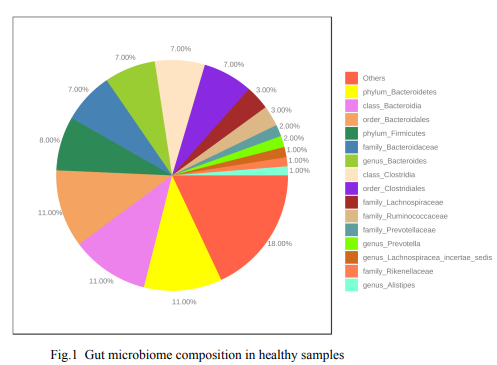
Potential probiotics for viral triggered type 2 diabetes
The scientific literature is full of studies that provide evidence highlighting the role of microbiome in type 2 diabetes (T2D) development and progression, still, discrepancies are evident when studying the link between certain taxonomic groupings and T2D, thus, eliminating the discrepancy between such studies is crucial to build on a robust systematic approach to identify the possible linkage between such taxonomic groups and diabetes development and progression, hence developing a potential treatment. Here we aimed to use a publicly available data set of gut and nares microbiome of
Positive selection as a key player for SARS-CoV-2 pathogenicity: Insights into ORF1ab, S and E genes
The human β-coronavirus SARS-CoV-2 epidemic started in late December 2019 in Wuhan, China. It causes Covid-19 disease which has become pandemic. Each of the five-known human β-coronaviruses has four major structural proteins (E, M, N and S) and 16 non-structural proteins encoded by ORF1a and ORF1b together (ORF1ab) that are involved in virus pathogenicity and infectivity. Here, we performed detailed positive selection analyses for those six genes among the four previously known human β-coronaviruses and within 38 SARS-CoV-2 genomes to assess signatures of adaptive evolution using maximum
Detection of Mammalian Coding Sequences Using a Hybrid Approach of Chaos Game Representation and Machine Learning
Mammalian protein-coding sequence detection provides a wide range of applications in biodiversity research, evolutionary studies, and understanding of genomic features. Representation of genomic sequences in Chaos Game Representation (CGR) helps reveal hidden features in DNA sequences due to its ability to represent sequences in both numerical and graphical levels. Machine learning approaches can automatically detect hidden patterns in CGR images by detecting and classifying protein-coding and noncoding patterns accurately. Here, we propose a pipeline that automatically detects coding (exons)
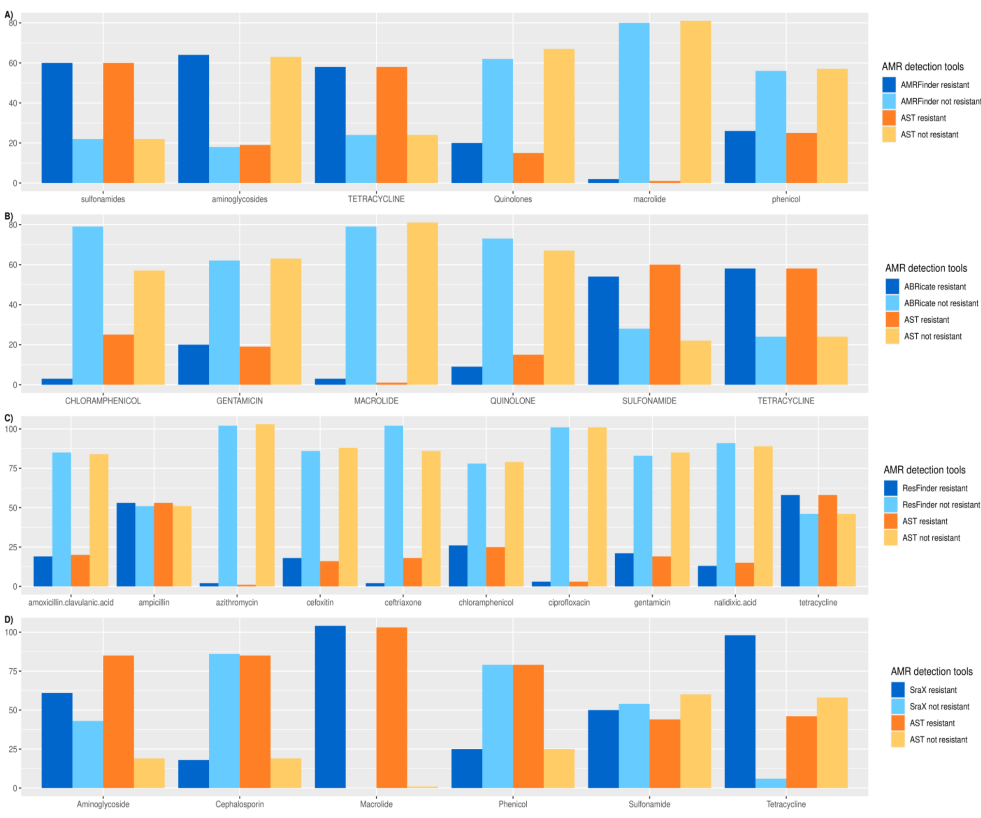
Benchmarking of Antimicrobial Resistance Gene Detection Tools in Assembled Bacterial Whole Genomes
Antimicrobial resistance (AMR) is one of the ten dangers threatening our world, according to the world health organization (WHO). Nowadays, there are plenty of electronic microbial genomics and metagenomics data records that represent host-associated microbiomes. These data introduce new insights and a comprehensive understanding of the current antibiotic resistance threats and the upcoming resistance outbreak. Many bioinformatics tools have been developed to detect the AMR genes based on different annotated databases of bacterial whole genome sequences (WGS). The number and structure of
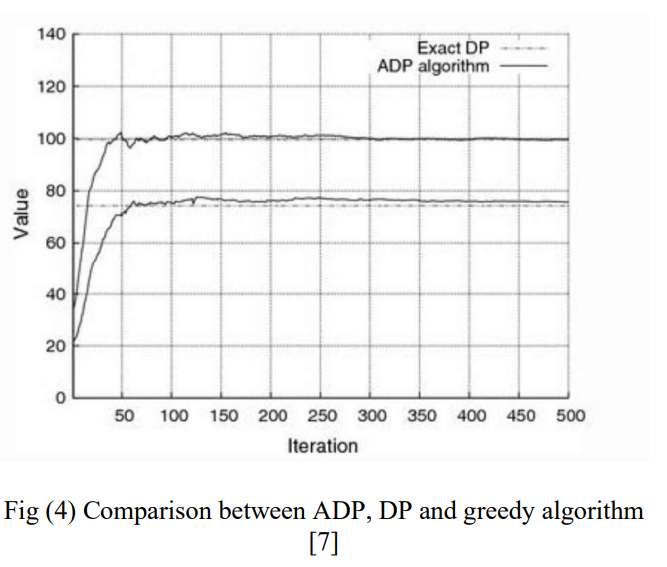
Dynamic Programming Applications: A Suvrvey
Dynamic programming is a mathematical optimization first invented in 1950s and lived till our times to make optimizations and reduce complexity in several different fields like bioinformatics, Electric vehicles, energy consumption, medical field and much more as a proof of being a powerful technique. In this paper, the various fields and aspects in which Dynamic programming has a significant contribution are surveyed. © 2020 IEEE.
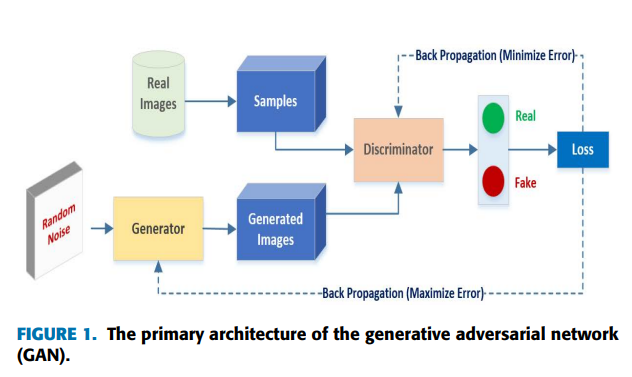
License Plate Image Analysis Empowered by Generative Adversarial Neural Networks (GANs)
Although the majority of existing License Plate (LP) recognition techniques have significant improvements in accuracy, they are still limited to ideal situations in which training data is correctly annotated with restricted scenarios. Moreover, images or videos are frequently used in monitoring systems that have Low Resolution (LR) quality. In this work, the problem of LP detection in digital images is addressed in the images of a naturalistic environment. Single-stage character segmentation and recognition are combined with adversarial Super-Resolution (SR) approaches to improve the quality
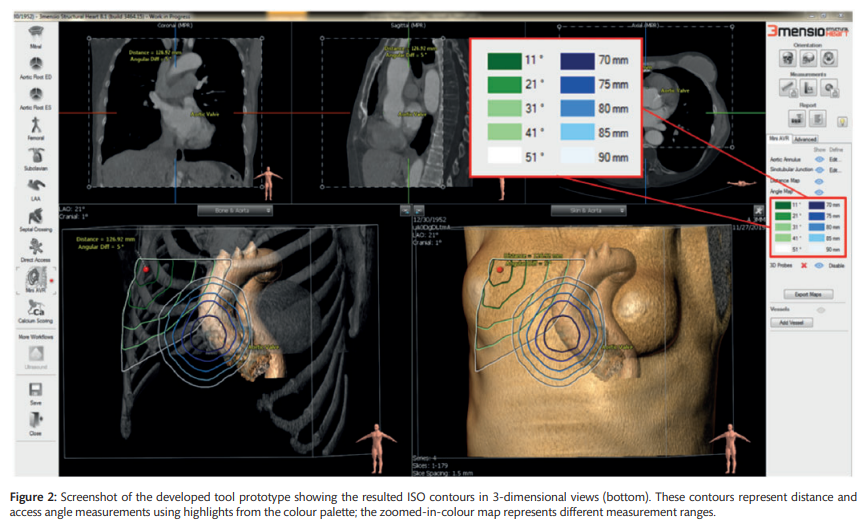
A computed tomography-based planning tool for predicting difficulty of minimally invasive aortic valve replacement
OBJECTIVES Minimally invasive aortic valve replacement has proven its value over the last decade by its significant advancement and reduction in mortality, morbidity and admission time. However, minimally invasive aortic valve replacement is associated with some on-site difficulties such as limited aortic annulus exposure. Currently, computed tomography scans are used to evaluate the anatomical relationship among the intercostal spaces, ascending aorta and aortic valve prior to surgery. We hypothesized that quantitative measurements of access distance and access angle are associated with
Pagination
- Previous page ‹‹
- Page 32
- Next page ››
